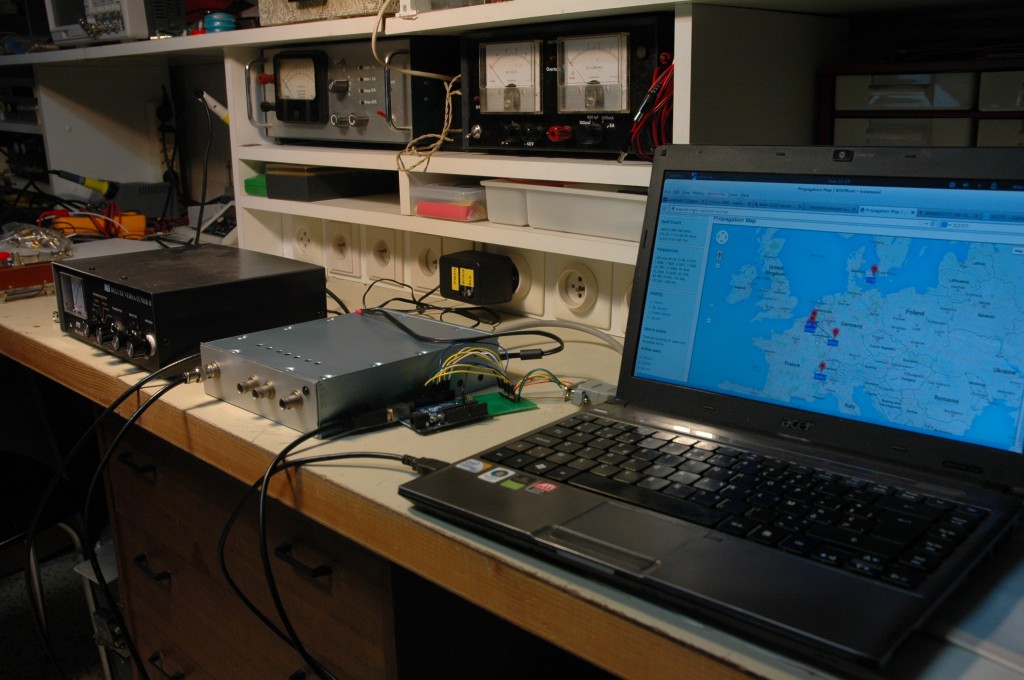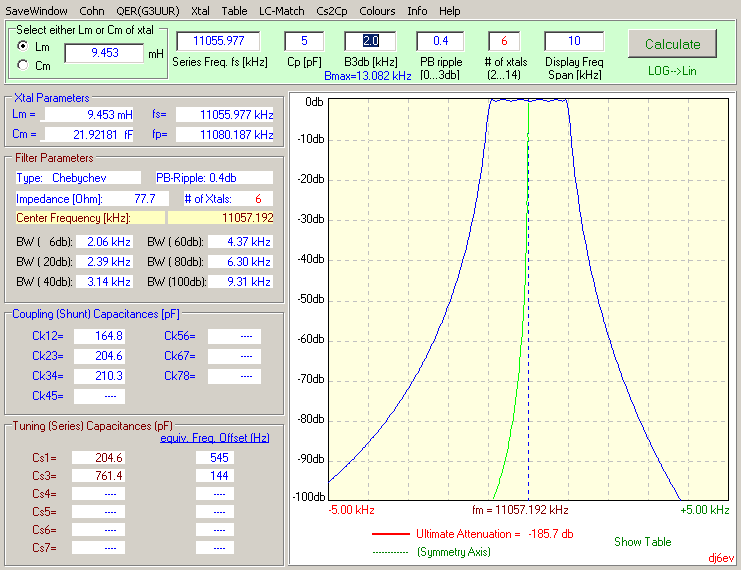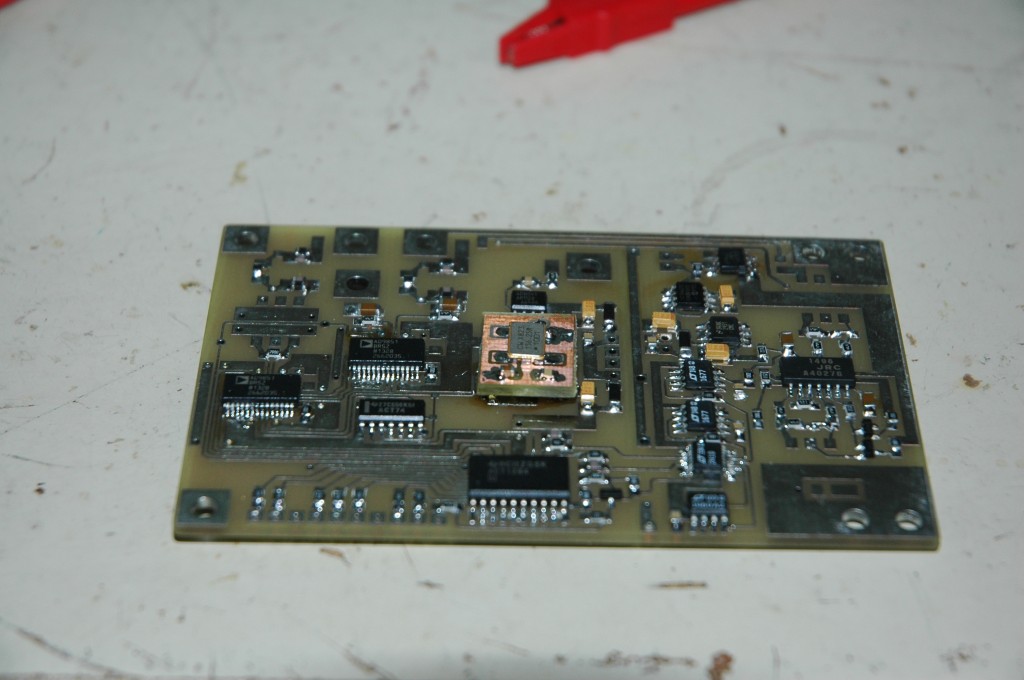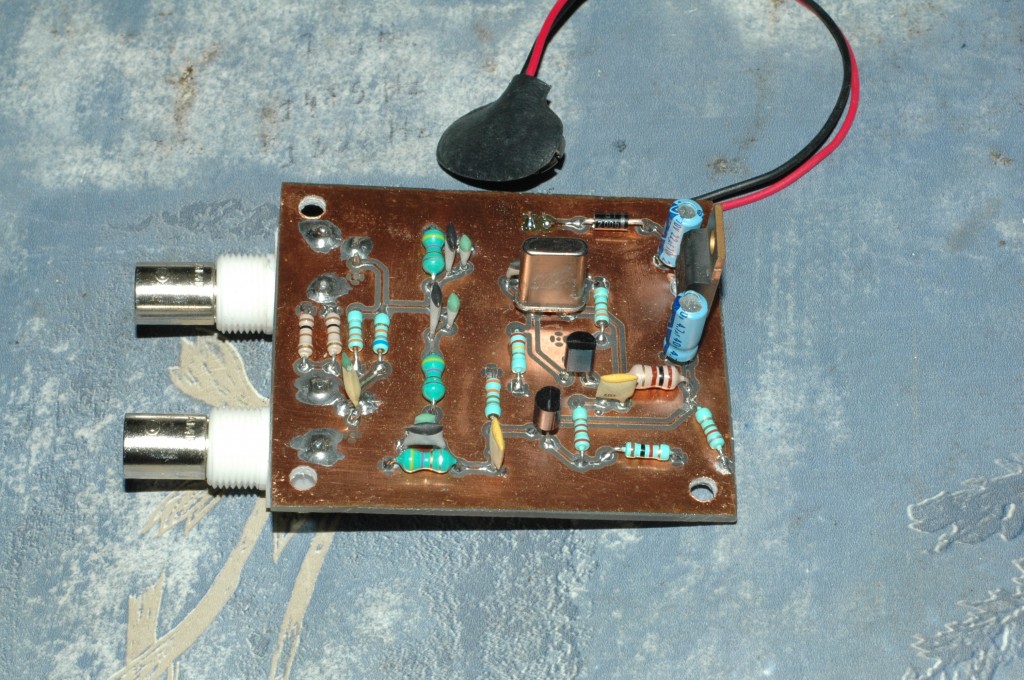After playing with RTL-SDR dongles and GnuRadio, I wanted to be able to listen on HF. The USB dongles are not suited for this, unless you buy an upconvertor. I looked around a bit I discovered the . As I was keen to learn how to solder SMD’s, this seemed like a great challenge. The kit was ordered and the soldering iron turned on.
There are two three pieces of advice I can give to anyone getting started with SMD soldering. Firstly, spend a good amount of time watching youtube video tutorials. If you hear things that keep getting repeated, then that’s probably important. I particularly recommend the soldering videos from EEVBlog, CuriousInventor, and W2AEW.
Secondly, use flux. If you followed the first advice, then that’s probably already one of the things you have seen everybody do. And for good reason: once you have used it, it will instantly convert you. It is a weak acid, that will do its work when heated. It will eat away the small layer of corrosion that forms around most metals, and allow for a good bond between the soldering tin and the PCB and component. Also, it will make the tin more fluid. It’s hard to describe, but if you use it you’ll clearly see how the flux influences the behavior of the tin. Without flux, drag soldering is almost impossible. With flux, it’s a breeze. I bought a syringe with flux gel, and I even use it for through-hole components when using old components.
And finally, get a good roll of solder wick. It’s like a towel for cleaning up excess solder. It’s simply a braided wire soaked with flux. When you hold it against some solder and melt it, the capillary force of the braided wire will suck all the solder up and leave your surface nice and clean. It’s also great for removing soldering shorts between pins of integrated circuits.
When the SDR kit arrived, it took me a weekend to put it together. It worked first time, and I use the radio for SSTV, WSPR and just general listening. As this also has transmit capabilities, getting a HAM license became a priority. Transmitting to a dummy load quickly becomes boring. To test how far I stood, I converted the publicly available exam questions database of the BIPT to SQL and made an online HAREC test page. A few months later I passed my exam and got the call ON8VQ.



